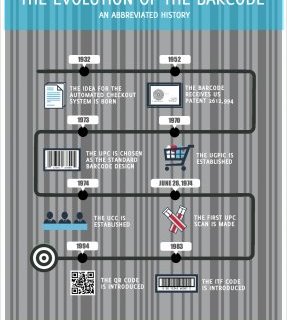
 Especially in today's digital world, awesome design is a marketing must.
Especially in today's digital world, awesome design is a marketing must.
While spending the money and time to master the Adobe Creative Suite will always be a great investment for marketers, the good news is that there are also numerous free, web-based graphic design tools that are great for design in a pinch.
(And guess what? Your customers probably won't even know the difference.)
At Salsify, we do 99% of our design work in house, and we're constantly testing out the latest software to help us with the tedious Adobe design work. Here are 3 of our favorite tools, all of which are free and easy to use in your browser when you're looking to whip up spiffy marketing material in 30 minutes or less:
Here are 3 of our favorite tools, all of which are free and easy to use in your browser when you're looking to whip up spiffy marketing material in 30 minutes or less:
Instead of Photoshop - Pixlr-O-Matic
We've all experienced how a simple editing facelift - even just a plain border or the addition of a retro filter - can change the message we glean from a photo. Making sure that photos convey the right emotion and tone for a specific project or campaign is a crucial part of creating compelling marketing.
While Photoshop remains the dominant force in photo editing, Instagram's one-click photo filters introduced a new alternative for these fast facelifts a few years ago. (And I'm not talking about just the traditional black and white and sepia filters either.)
Pixlr-O-Matic takes one-click photo editing a step further. Still far easier to use than navigating through Photoshop's editing sliders, the web-based app boasts 100 filters (which are separated into categories like "subtle, " "vintage, " and "creative"), as well as hundreds of photo overlays and frames to transform your photos in a matter of minutes.
Bonus: The app impressively retains the resolution of your images on export, no matter how crazy you get during editing.
 To show you Pixlr-O-Matic in action, let's start with the image below, which we recently took on a smartphone for a recent ad campaign. (It's Salsify open on a laptop, in case you aren't familiar with our app.)
To show you Pixlr-O-Matic in action, let's start with the image below, which we recently took on a smartphone for a recent ad campaign. (It's Salsify open on a laptop, in case you aren't familiar with our app.)
The photo quality here isn't awful, but it certainly looks like a smartphone photo. And in today's hyper-visual marketplace, circulating images that are clearly taken from a smartphone just doesn't cut it.
So we uploaded the photo to Pixlr-O-Matic.
Because we just needed the image to serve as a background for text, we chose a subtle, darker filter to simply offset the bright office lights captured in the image. We also decided to forego one of Pixlr's funky overlays to maintain the simplicity of the image, but added a clean black border for a sleek finish. And that's it.
In about as much time as it took us to write the last paragraph, we had turned our smartphone image into a clean, somewhat retro background - and no one was none the wiser.
See also:RELATED VIDEO














